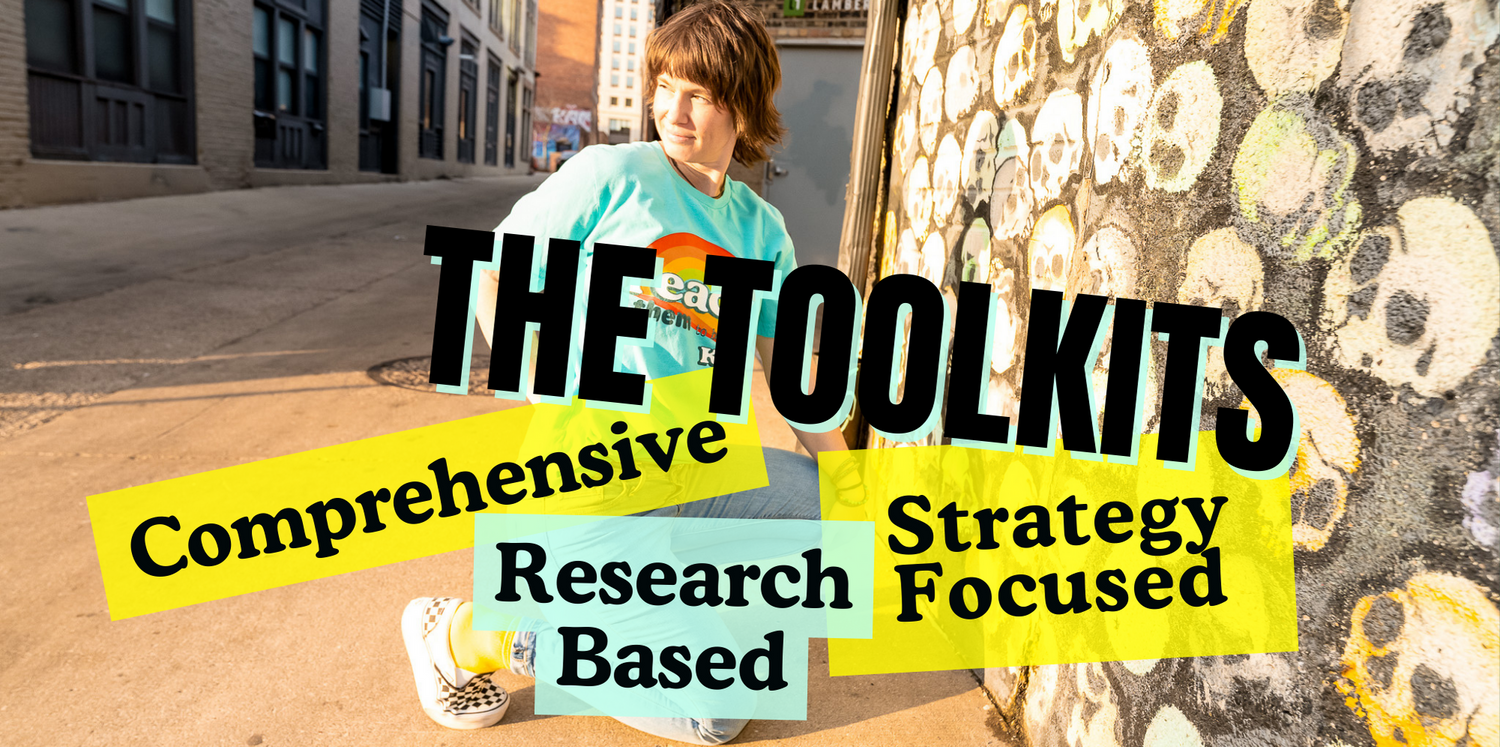
Structured Autonomy That Actually Works—Independence (Without Chaos)
Share
If the words “independent work” make you cringe and think of aimless packets or free-for-alls, it’s time to talk about choice boards. These are NOT time-fillers. They’re scaffolded self directed mini projects for real autonomy.
To understand the full scope of autonomy in the classroom get the Neurodivergent Toolkit HERE, if you already have it- get out the Behavior and Needs Detective and use it while reading this post!
What Choice Boards Are (And Aren’t)
Choice Boards are ongoing, cognitively engaging tasks that students can work on independently. They’re differentiated, open-ended, and built for meaningful choice.
But here’s the key: 🗣️ they exist within a predictable structure.
Students choose how they approach or demonstrate learning—but within a clear, reusable framework. That way, their energy goes toward the content, not decoding vague directions.
(For the importance of reusable frameworks see Cognitive Load theory in the Neurodivergent Toolkit.)
A Few Examples of Reusable Frameworks-
-
Menu Boards: Must Do / Can Do / Extension—clear entry points with flexibility baked in
-
Create Your Own Product: Students CHOOSE how they show mastery—podcast, video, model, storyboard
-
Looped Inquiry: One big question, revisited across phases (research → create → revise)
-
Learning Labs: Tiered tasks by readiness, interest, or learning style
Building Autonomy Without Letting Go of the Wheel
✔️ Guardrails > Guesswork
Autonomy without structure isn’t freedom. It’s just confusion.
Use rubrics, mini-deadlines, or checklists (see Neurodivergent Toolkit: Appendix)
Example: “By Friday, choose one way to present your findings AND complete your peer feedback form.”
✔️ Model the Thinking
Don’t assume students know how to choose tasks or reflect on learning. Teach it.
Try this script:
“I’m someone who likes to talk it out, so I am going to try the audio reflection. If you think better visually—you can grab a whiteboard and sketch your thoughts in a mind map.”
✔️ Check In Without Taking Over
Keep the coaching tone, don’t bombard students with questions. Start off with a noticing and then move to light discussion, if they don’t bring up what they need help on then ask directly. This warms up the brain and eases anxiety for students who are resistant to asking for help.
Notice:
-
Oh dude, that looks like a viking ship!
-
You made this part a lot bigger…
-
You look irritated, are you cool? 😂 I would have said this- but if you don’t have that kind of vibe say- “you look a little stuck”
Ask:
-
What interests or excites you most about this topic?
-
How can I help you with what you are doing?
-
Are you struggling with anything?
-
What’s one thing you need help with?
This opens up the conversation, builds accountability without anxiety and feeling micromanaged.
Why This Matters for Neurodivergent Students
Students with ADHD, autism, or anxiety often get hit hardest by unclear expectations and open-ended chaos.
Structured autonomy gives them a runway to launch—not a maze to navigate.
Real-Life Example:
A student with ADHD records their ideas instead of writing paragraphs.
A student with anxiety storyboards on a dry erase board and plans with a partner.
This is neuroaffirming design THAT BENEFITS ALL!
A Quick Win from the Field
“My students were so used to ‘getting the right answer’ that they froze when I gave them freedom. After two rounds of choice boards, they were in love. One said, ‘I don’t feel rushed to figure it out your way—I get to figure it out my way.’”
—8th Grade Science Teacher, Neighborhood Member
TL;DR: What Real Autonomy Looks Like
✅ Choice with structure
✅ Predictable routines
✅ Flexible entry points
✅ Coaching, not control
Final Thought: Motivation Isn’t a Mystery—It’s Built
When we meet students’ needs for autonomy, belonging, and competence, motivation doesn’t have to be bribed or forced. It shows up. Sustainably.
Want to build this into your daily practice?
Get the Neurodivergent Toolkit and start meeting psychological needs to increase motivation, engagement, focus and decrease behavior.
Get the Neurodivergent Toolkit HERE And start designing classrooms where students naturally care—because the learning belongs to them.







